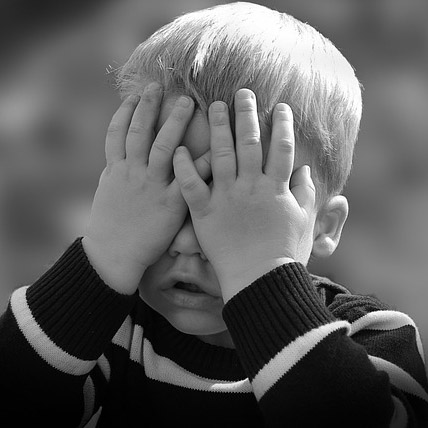When we hear the term “harm reduction,” we often think of supervised consumption services, needle exchanges or clean crack pipes. These are all important, life-saving measures, but is there a way harm-reduction can be applied to more casual substance users, such as the student who takes MDMA at a music festival, or the guy who likes to have a few beers after work or on the weekend?
About 15 years ago, I moved to Victoria from a small town in northern Canada to go to university. Almost immediately, I was introduced to the electronic music community. Soon, I was spending many a weekend dancing the night away at bush parties, sweaty halls or cramped basements. The scene was vibrant, welcoming and offered opportunities to experience all kinds of new things—including drugs I had never heard about before. Suddenly, I was seeing people ingest things with names I couldn’t spell or pronounce. I had a lot of questions: what did these drugs do? Where did they come from? Were they safe?
Luckily, there was an easy way to get some answers. At almost every one of these parties, there was a booth decked out in Christmas lights and beaded bracelets. A hand-painted banner was draped across the front that read “IslandKidz.” Modeled after the Dancesafe movement emerging around the same time in the U.S., the booth and its tireless volunteers were on hand to give out balanced information on various substances, hand out safe sex supplies, test pills or powders for adulterants, or just be a sober person to talk to if you were feeling overwhelmed or needed a safe space. They weren’t there to condone or condemn you for using drugs; it was your choice, and they believed you had the right to accurate information in order to make an informed decision.

I couldn’t believe that a service like this existed. (And, it turns out, we were lucky to have it; many other similar organizations weren’t able to operate with the relative ease that IslandKidz did at the time.) It made me feel empowered and respected, not vilified or dismissed—as many in that subculture often felt, whether they chose to use drugs or not. I didn’t know it then, but this would be my first encounter with harm reduction—and it would be far from my last. I would eventually end up volunteering for IslandKidz, driving down countless logging roads and spending many a late night chatting with partiers, handing out info flyers, and scraping mystery pills to see what they might contain.
Harm-reduction organizations like this appear to be making a comeback these days; look at groups like Karmik in Vancouver, ANKORS in the Kootenays, DanceSafe across the U.S., or Toronto’s TRIP Project. But they are far from the only harm-reduction measure trying to reach recreational substance users. In this series, we will hear about a website offering safer-use limits for illicit drugs developed by users themselves, a report that became a touchstone for almost every media article on festivals this summer, and some advice on ways to possibly avoid “bad” ecstasy. We hope these pieces help expand your idea of what harm reduction can be.
Author: Amanda Farrell-Low, Research Assistant, Centre for Addictions Research of BC
**Please note that the material presented here does not necessarily imply endorsement or agreement by individuals at the Centre for Addictions Research of BC




